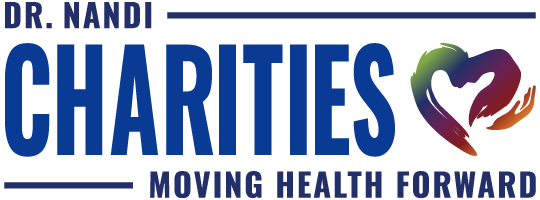Did you know that in 2016 1 in 8 Americans suffered from food insecurity? That is a whopping 42 million Americans. It’s not only adults who are affected but 13 million children as well.
What Is Food Insecurity?
As defined by the US Department of Agriculture (USDA), food insecurity is a lack of consistent access to enough food for an active and healthy life.
Is food insecurity the same as hunger?
Though they are closely related, hunger and food insecurity are not the same. They are distinct concepts.
When we speak about hunger, we refer to a person, the physical sensation of discomfort. On the other hand, when we speak about food insecurity, we refer to a lack of available financial resources for food at the level of a specific household.
Food Security Is a Complex Problem
Food insecurity is a rather complex problem. It affects many people. It doesn’t exist in isolation either. Many low-income families who deal with economic problems resulting in food insecurity are also affected by low wages, the lack of affordable housing, social isolation, health problems, and high medical costs. All these are overlapping issues that prevent people from meeting their basic needs.
This means that these issues cannot be looked at as isolated problems. When we address one, we have to address all and we can affect all. An effective response to food insecurity must address all these overlapping challenging affected individuals and families are facing daily.
Affordable housing, social isolation, level of education, unemployment or underemployment, low wages, and food insecurity all play a social role in determining one’s health.
According to Hunger and Health, “conditions in the environments in which people are born, live, learn, work, play, worship and age that affect a wide range of health, functioning and quality-of-life outcomes and risks.” One’s social determinant of health, including food insecurity, doesn’t only affect the individual health outcomes but the health outcomes of the population.
In the US, poverty and food insecurity are closely related. This doesn’t mean that all people living below the poverty line experience food insecurity. There are of course people for example living in the country on a farm or access to a garden while living below the poverty line or have other options for accessing food. This also doesn’t mean that people living above the poverty line cannot express food insecurity. Living above the poverty line doesn’t mean wealth, and many Americans are crippled by debt and medical bills eating away their salary.
Yet taking wages and other critical household expenses, such as caring for an ill family member, into account, can help to understand and predicting food insecurity in the US.
Who Does Food Insecurity Affect?
Food insecurity can affect anyone. There is no single face or one determining the factor of food insecurity. It can affect people of all races, all ages, and all areas. You can learn more about what states, districts, and counties are the most effects from a map created by Feeding America. Take a look at how it affects seniors, children, rural communities, and African-Americans.
Levels of Food Insecurity
We also cannot generalize food insecurity. Food insecurity is described at four different levels based on the range of the households’ experiences in accessing food. The highest level is the food security and the lowest one is the food insecure category. Those that are on the top and are food secure have no problems with getting food on the table. Those at the bottom suffer the most. They are at times during the day are forced to reduce one or more family member’s food intake due to the lack of resources. Of course, there are ranges within this box, and there are families who deal with reduced food intake all the time.
With so many American affected, it is important to address food security as soon and as effectively as possible.
Raising awareness is also important. Share this article with your friends to raise awareness and become part of the solution.
Sources:
Alisha Coleman-Jensen, Matthew P. Rabbitt, Christian A. Gregory, and Anita Singh. 2017. Household Food Security in the United States in 2016, ERR-237, U.S. Department of Agriculture, Economic Research Service.
Social Determinants of Health. Healthy People 2020. https://www.healthypeople.gov/2020/topics-objectives/topic/social-determinants-of-health. Accessed January 24, 2017.
Definitions of Food Security. United States Department of Agriculture Economic Research Service. https://www.ers.usda.gov/topics/food-nutrition-assistance/food-security-in-the-us/definitions-of-food-security/#ranges Updated October 6, 2016. Accessed January 12, 2017.
